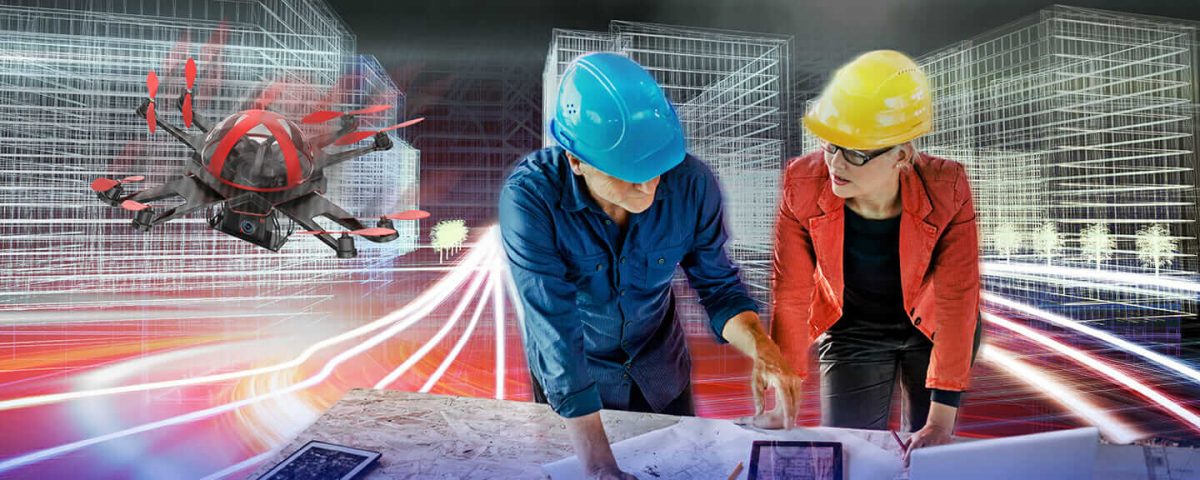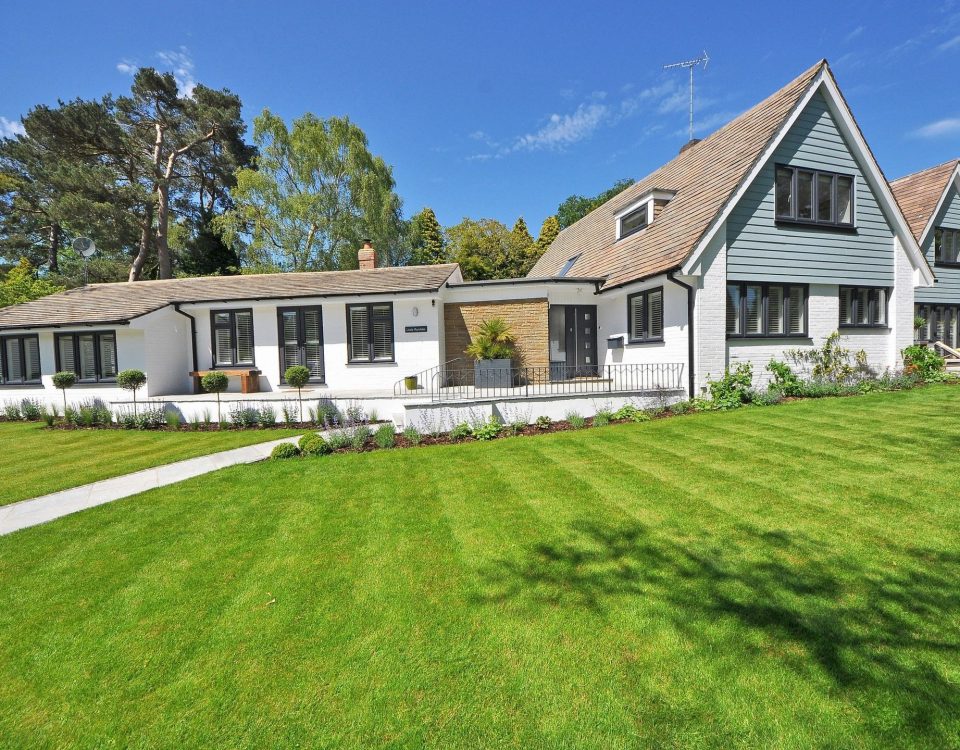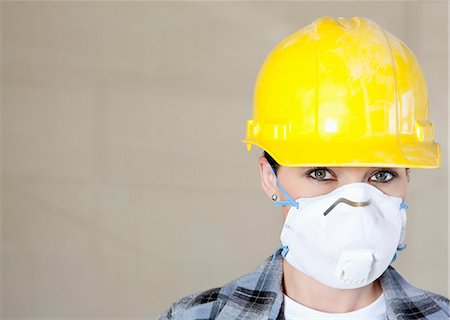
How to Negotiate Your Salary Like a Pro
February 27, 2019
10 Simple Ways to Show Gratitude To Your Employees
March 9, 2019Construction technology investment has grown by 30 percent in the last year. The construction industry as a whole is a notoriously late adopter of technology, but there are several technologies that are trending upwards and expected to gain much wider use over the next few years. What technology trends are gaining popularity for residential home builders?
- Drones. The adoption of unmanned aerial vehicles (UAVs) is growing faster in construction than any other industry. Home builders are using drones for marketing efforts, site assessments and construction monitoring. Drones make aerial photography and videos affordable and easy. This can help home builders increase safety on job sites, add more information to survey data, monitor job site progress, and capture aerial photos to market their properties. Drones are getting cheaper and more advanced, with models designed specifically for construction. The Construction Dive predicts, Drones will soon fly above almost every construction site possible to monitor project status and help keep workers safe.”
- Green Construction Technology. As green construction, a way of building in an environmentally responsible and resource-efficient way, grows in practice among home builders, green construction technology will continue to trend upward. The most in-demand “green construction technologies” include solar power, green insulation, cool roofs, smart appliances, and biodegradable materials. The construction industry accounts for around 20% of global emissions, and there is a push for home builders and commercial construction firms to design zero and low energy properties, which are more cost effective, longer lasting, and better for the environment.
- Prefabrication and Modularization. There’s a growing trend towards multi-trade prefabrication and modular construction. While in the past, prefab was used more for building contemporary homes, home builders are not limited to that and now are using it for a much wider range of styles. Prefabricated and modular construction cuts back on waste, reduces labor costs, and can cut the time it takes to complete a project in half.
- Wearable Technology. Construction wearable technologies are increasing on the job site to improve the efficiency, productivity, and safety of workers. Heating jackets and cooling vests are gaining popularity to combat extreme temperatures. Smart boots and caps, which provide data that you can use to help ensure workers’ safety and compliance, are becoming more widely used as well. More construction workers are wearing smart glasses, like “Microsoft’s HoloLens” and XOEye Technologies, allowing viewers to overlay data with what they’re looking at. This prevents them from having to look down at instructions and can help with on-the-job training. In addition, smart glasses can help track a worker’s location and allow users to communicate with each other.
- BIM Technology. Building Information Modeling (BIM) has been widely adopted for large-scale, commercial construction projects and is starting to gain traction in residential construction as well. More home builders and architects are using BIM during the design and construction process, according to a National Association of Home Builders’ member surveyof architects, single-family and multifamily builders. The Construction Dive published a post detailing the benefits of BIM for residential home builders, which said, creates a virtual 3-D duplicate of every item that goes into the construction of a new home, allowing architects and builders to review multiple product possibilities and installation scenarios, typically without testing materials on-site.†The post goes on to say that by ironing out potential errors in design, energy efficiency, cost assumptions and more, builders can eliminate surprises and guarantee a smoother build.
With the rising cost of materials and shortage of skilled workers, home builders are looking to technology to keep their workers safe and healthy, increase productivity, and decrease waste and project delays. You can expect the integration of technology throughout the construction process to become much more prevalent in 2019 and beyond.




